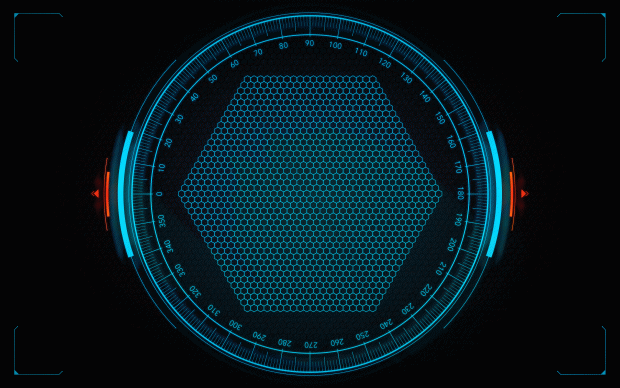
Breaking News
 LIVE ELECTION RESULTS: New York mayor, NJ & VA governor, Prop 50, Trump endorsements, latest vote
LIVE ELECTION RESULTS: New York mayor, NJ & VA governor, Prop 50, Trump endorsements, latest vote
 Sen. Markwayne Mullin Reveals Schumer Held Secret BACKROOM MEETING...
Sen. Markwayne Mullin Reveals Schumer Held Secret BACKROOM MEETING...
 RIP NYC - Muslim Communist Zohran Mamdani Wins New York City Mayoral Race
RIP NYC - Muslim Communist Zohran Mamdani Wins New York City Mayoral Race
 Dramatic Footage Shows UPS Cargo Jet Crashing At Louisville Airport
Dramatic Footage Shows UPS Cargo Jet Crashing At Louisville Airport
Top Tech News
 Japan just injected artificial blood into a human. No blood type needed. No refrigeration.
Japan just injected artificial blood into a human. No blood type needed. No refrigeration.
 The 6 Best LLM Tools To Run Models Locally
The 6 Best LLM Tools To Run Models Locally
 Testing My First Sodium-Ion Solar Battery
Testing My First Sodium-Ion Solar Battery
 A man once paralyzed from the waist down now stands on his own, not with machines or wires,...
A man once paralyzed from the waist down now stands on his own, not with machines or wires,...
 Review: Thumb-sized thermal camera turns your phone into a smart tool
Review: Thumb-sized thermal camera turns your phone into a smart tool
 Army To Bring Nuclear Microreactors To Its Bases By 2028
Army To Bring Nuclear Microreactors To Its Bases By 2028
 Nissan Says It's On Track For Solid-State Batteries That Double EV Range By 2028
Nissan Says It's On Track For Solid-State Batteries That Double EV Range By 2028
 Carbon based computers that run on iron
Carbon based computers that run on iron
 Russia flies strategic cruise missile propelled by a nuclear engine
Russia flies strategic cruise missile propelled by a nuclear engine
 100% Free AC & Heat from SOLAR! Airspool Mini Split AC from Santan Solar | Unboxing & Install
100% Free AC & Heat from SOLAR! Airspool Mini Split AC from Santan Solar | Unboxing & Install
With a Simple Twist, a 'Magic' Material Is Now the Big Thing in Physics

Pablo Jarillo-Herrero is channeling some of his copious energy into a morning run, dodging startled pedestrians as he zips along, gradually disappearing into the distance. He'd doubtlessly be moving even faster if he weren't dressed in a sports coat, slacks and dress shoes, and confined to one of the many weirdly long corridors that crisscross the campus of the Massachusetts Institute of Technology. But what he lacks in gear and roadway he makes up for in determination, driven by the knowledge that a packed auditorium is waiting for him to take the podium.
Jarillo-Herrero has never been a slacker, but his activity has jumped several levels since his dramatic announcement in March 2018 that his lab at MIT had found superconductivity in twisted bilayer graphene — a one-atom-thick sheet of carbon crystal dropped on another one, and then rotated to leave the two layers slightly askew.
The discovery has been the biggest surprise to hit the solid-state physics field since the 2004 Nobel Prize–winning discovery that an intact sheet of carbon atoms — graphene — could be lifted off a block of graphite with a piece of Scotch tape. And it has ignited a frenzied race among condensed-matter physicists to explore, explain and extend the MIT results, which have since been duplicated in several labs.
The observation of superconductivity has created an unexpected playground for physicists. The practical goals are obvious: to illuminate a path to higher-temperature superconductivity, to inspire new types of devices that might revolutionize electronics, or perhaps even to hasten the arrival of quantum computers. But more subtly, and perhaps more important, the discovery has given scientists a relatively simple platform for exploring exotic quantum effects. "There's an almost frustrating abundance of riches for studying novel physics in the magic-angle platform," said Cory Dean, a physicist at Columbia University who was among the first to duplicate the research.



